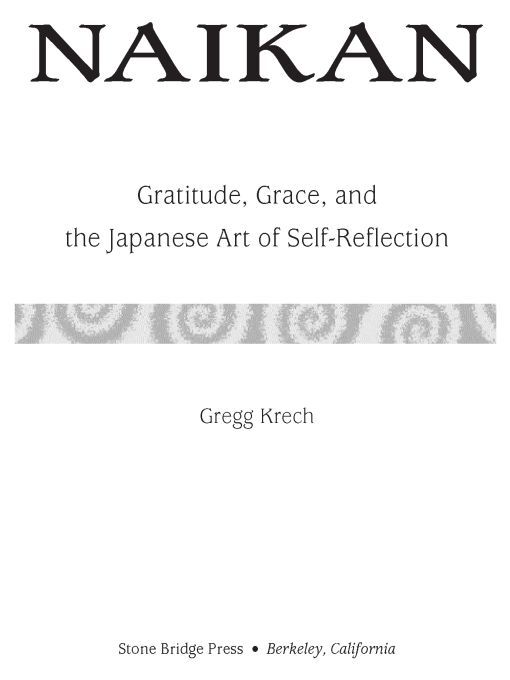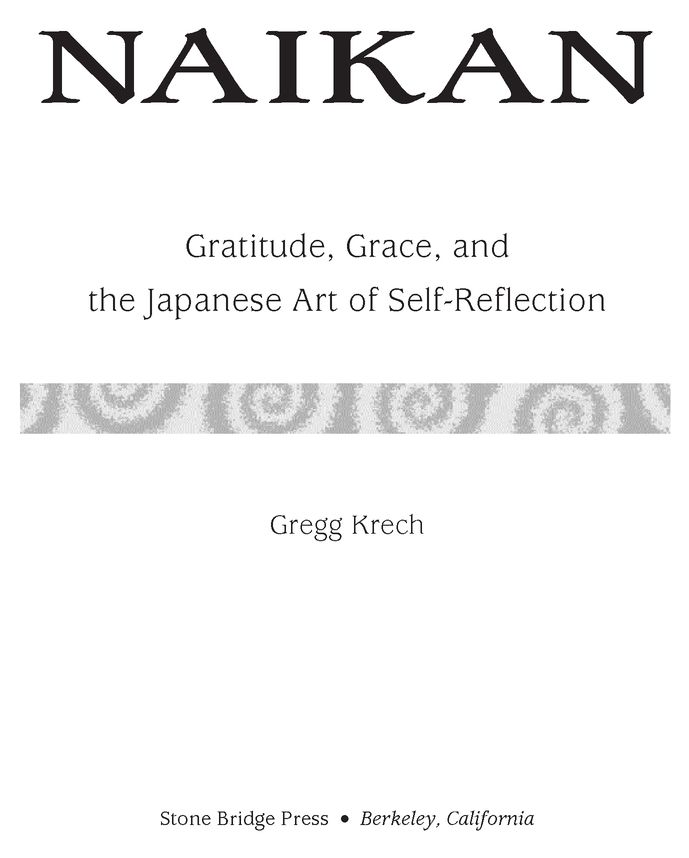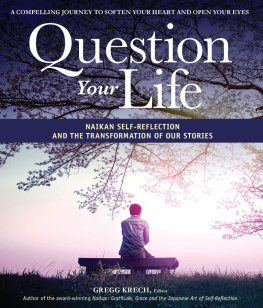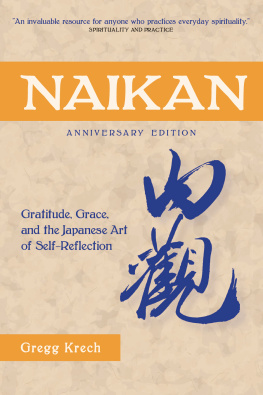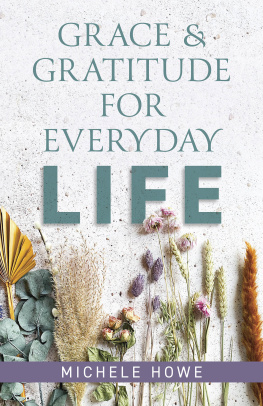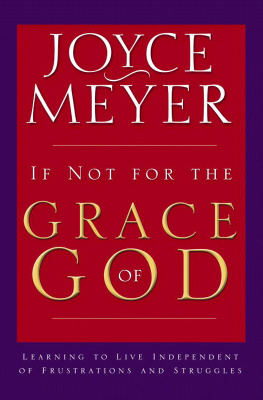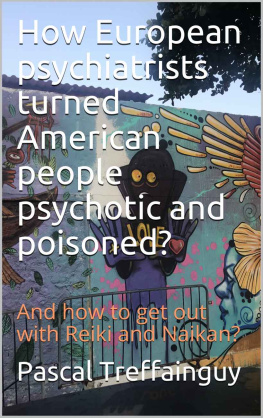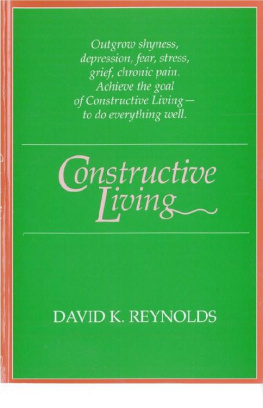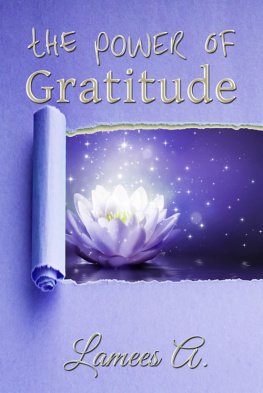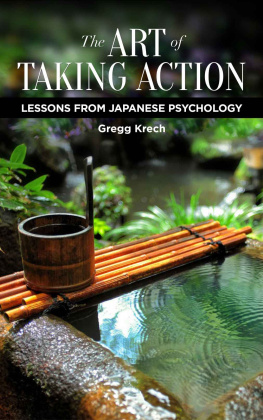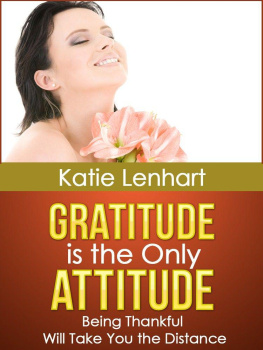Table of Contents
The unexamined life is not worth living.
SOCRATES
Dedicated to my parents, Ted and Michelle, who brought me into this world from nothingness, and to my teachers, Rev. Kenryu Tsuji, Rev. Shue Usami, Kinuko Yoshimoto, Akira Ishii Sensei, Masahiro Nagashima Sensei, and David K. Reynolds, who escort me on the return trip.
Preface
In 1991 a movie was released called Defending Your Life and star-ring Albert Brooks and Meryl Streep. The story line centered around several characters who died and were transported to a temporary location where a decision was made about their future. The purpose of this placewhich was a rather comfortable, almost resort-like citywas to give people who passed through a chance to watch film highlights of their lives. They had a chance to defend their conduct and the choices they made while alive, and subsequently a final decision was made about their future. They might be sent back to earth to try again or, if their lives were generally laudable, they would move on to some higher form of existence.
What I found most interesting about the film was the idea of stepping back and observing your life. In 1989 I had the opportunity to do just that for the first time, at a center located amidst the rice paddies in rural Japan. It was a Naikan center. The word Naikan means literally looking inside. In the fourteen days I stayed at the center I spent about fifteen hours per day watching the films of my life run across the screen of my minds eye. Prior to this experience I had been to dozens of retreats and spiritual conferences. I had spent at least one week each year on a solo trip in the wilderness to simply be quiet in nature. I had meditated in forests and at Zen monasteries for days and weeks at a time. Yet I had never really stepped back from my life to simply see how I had been living.
The process used at the Naikan center was very structured. I reflected on the relationships with nearly all the key people that had played an influential role in my life. In each case I looked at three aspects of that relationship: What I had received from that person. What I had given to that person. The troubles or difficulties I had caused that person. I sat on Japanese-style cushions and faced a blank wall in order to limit outside distractions. Except for the time it took to eat, sleep, and go to the bathroom, I did little else for two weeks. In some ways I resembled the characters in the movie I have referred to, except that I had the opportunity to do thisfortunatelywhile I was still alive.
During my time at the Naikan center I had doubts. Why spend time reviewing my past, when there was so much to do now? Why spend time considering the troubles I was causing others when I was already striving so hard to be a good person? Wasnt Naikan for others who were selfishly and blindly causing suffering to friends, family, and society? Wasnt it for people who had unresolved issues from their childhood? Wasnt it for those who had a bad attitude toward life? What was I doing here?
Notwithstanding my persistent questions and doubts, I persevered each day with the review of my personal history, as far back as I could remember. As the days passed, I began to understand what was attractive and uncomfortable about Naikan. Naikan involved self-examination; that is, we examine our own life, not the actions of others. How often is our attention wasted on judging, criticizing, and correcting others while we neglect the examination and lessons of our own life? While we can never know the actual experience of another, we know our own experience intimately. While we can do little or nothing to control how others treat us, we can do much to control how we treat others. And while we are often powerless to impose our choices on others, we make choices about how we shall live, moment to moment, day to day. Examining ones own life is profoundly sensible, though not necessarily comfortable.
Naikan was originally developed by a Japanese man named Ishin Yoshimoto (1916-88). It is based on an austere method of self-examination called mishirabe and rooted in some of the ideas and principles of Pure Land Buddhism. This form of Buddhism emphasizes faith rather than effort. And the seeds of such faith are born from an awareness of two facets of ones life: First, the limitless compassion that is bestowed upon us by life; and second, the inherent self-centeredness that permeates our actions and thoughts.
The source of this compassion is not Buddha or God (though, ultimately, it can be understood that way) but is rather the everyday efforts of others to support and care for us. Through the intense and reality-based examination of our lives, we can develop a natural and profound sense of gratitude for blessings bestowed on us by others. Blessings that were always there but went unnoticed, unappreciated. How could we live without the care of others? Life blossoms before our eyes, or rather the blossoming continues but we are now aware of it. It is the joy, appreciation, and gratitude that often attract people to Naikan. We see how much we have received from life. We see the countless ways we have been loved and cared for. Despite our failures, life has not failed us. In spite of our mistakes, reality has supported us.
A Naikan retreat can be a profound and life-changing experience for many people. It is a remarkable foundation for understanding and practicing self-reflection. But it must be complemented by a regular, ongoing practice of self-reflection, or the experience and lessons simply fade from consciousness. In this sense Naikan is similar to yoga, meditation, or prayer. The consistent practice is what fertilizes the seeds and allows them to grow.
In this book I hope to introduce you to the basic practice of Naikan self-reflection, to the ideas associated with self-reflection, the underlying issues, and the various ways of incorporating these methods and ideas into your life. I offer you a wide array of vehicles for understanding Naikanessays, poems, fables, quotes, and actual reports (results) of personal self-reflection (mine and others). As you study this material, be cautious of the apparent simplicity of this method. Naikan seems simple, though it is certainly not easy to do. Naikan appears Japanese, though it is firmly grounded in reality and the fundamental nature of the human condition. It seems superficial, yet it is capable of stripping away layers of our selves and revealing realities previously hidden. It stimulates joy blended with guilt, faith stirred by doubt, and effort uncovered by surrender. As a method of inquiry, it is a creature of contradictions. But contradictions only exist within our minds. Reality is without contradiction.
As you read this book, I hope your innate curiosity and wisdom help you surmount the limitations of my words and lead you to actually try Naikan. In the first part of the book I have provided a series of exercises for doing this. Step back. Find a space. Quietly reflect on your life. See what can be found and what can be learned. The study of reality is a worthy pursuit. And Naikan is a method of investigation, worthy of investigation.
Acknowledgments
The task of investigating all the people, objects, and forces of nature that made this book possible could generate another book. Not only do the seeds of these ideas come from so many different sources, but the ability to gather those seeds (reading, hearing, doing) and to put them on paper (writing) requires a supporting cast, all of whom are truly coauthors of this book.

